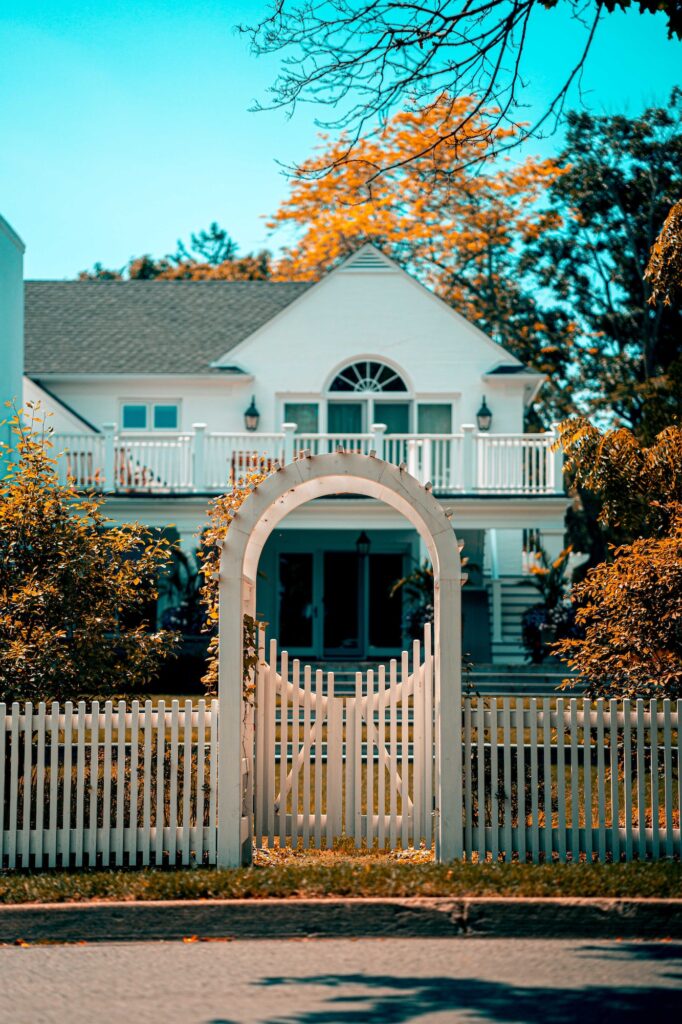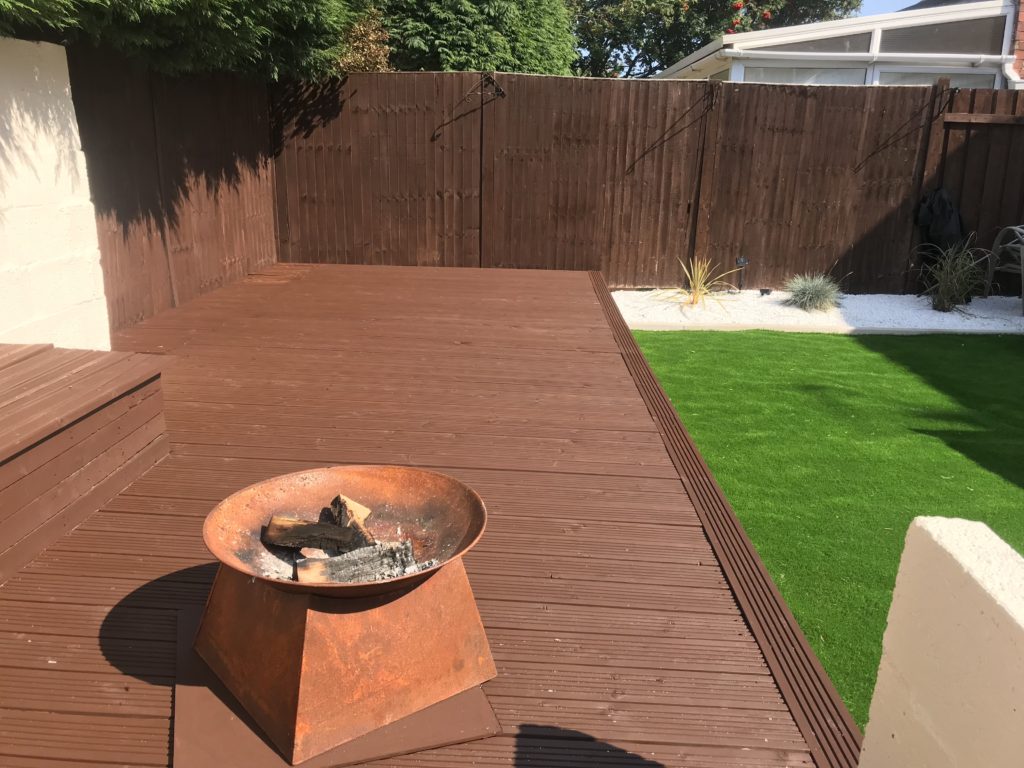Designing a low maintenance garden is a great way to create an outdoor oasis that requires minimal time and effort, allowing you to relax and enjoy your space without constant upkeep. The key to a low maintenance garden is smart planning, choosing resilient plants, and using efficient landscaping techniques. Here’s a comprehensive guide on how to design a garden that’s beautiful, functional, and easy to care for.

10 Easy Tips How To Design A Low Maintenance Garden
1. Choose Hardy, Low Maintenance Plants
The foundation of any low maintenance garden is selecting plants that thrive with minimal care. Choose hardy, drought resistant plants that are well-suited to your climate and soil type. Popular low maintenance plant options include:
- Perennials – Perennials like lavender, echinacea, and black-eyed Susan come back year after year, meaning you don’t have to replant them.
- Native Plants – Native species are adapted to your local environment, which means they require less watering, fertilising, and general care.
- Shrubs and Evergreen Plants – Shrubs and evergreens such as boxwood, juniper, and heather maintain structure and greenery all year round, and only need occasional pruning.
Consider grouping plants with similar water and sunlight needs together, which simplifies watering and reduces the likelihood of plant stress.
2. Opt for Minimal Lawn Space
Lawns require significant care, including mowing, watering, and fertilising, making them a high maintenance choice for any garden. Consider reducing the size of your lawn or eliminating it altogether. Substitute the lawn with ground cover plants like creeping thyme or moss, which spread over the ground without needing regular mowing.
For added functionality, replace grassy areas with gravel paths, paving stones, or mulched sections to create visually appealing yet practical pathways and zones. If you prefer to keep a small lawn, use slow growing grass varieties that require less frequent cutting.

3. Incorporate Mulch for Weed Control
Mulch is a powerful tool for creating a low maintenance garden. Not only does mulch reduce the amount of weeding needed, but it also helps retain moisture in the soil, reducing the frequency of watering. Organic mulches, such as bark chips, shredded leaves, or compost, enrich the soil over time and suppress weed growth. Inorganic options, like gravel and stones, can add texture to your garden while providing the same weed control benefits.
Lay a generous layer of mulch (around 5-10 cm) over garden beds and around plants to ensure optimal results. Be sure to top it up annually or as needed to maintain coverage.
4. Install an Efficient Irrigation System
For easy watering, invest in an irrigation system that saves time and ensures your plants receive the right amount of moisture. Drip irrigation systems are an excellent choice as they deliver water directly to the base of plants, minimising wastage and reducing the risk of weeds. Install a timer on your irrigation system to further reduce maintenance, as it allows you to set a watering schedule that you don’t have to manage manually.
If an irrigation system isn’t feasible, consider placing rain barrels in strategic locations to collect rainwater that can later be used to water plants. This eco-friendly approach helps save water while ensuring a low maintenance solution for keeping your plants hydrated.
5. Create Defined Paths and Borders
Defined pathways not only add structure to your garden but also reduce the amount of space that needs regular maintenance. Use gravel, pavers, or stepping stones to create paths that guide visitors through the garden. When planned carefully, paths eliminate muddy areas and provide easy access to different sections of your garden.
Installing borders around garden beds is another low maintenance trick. Edging materials such as stone, metal, or brick create a neat barrier that prevents grass and weeds from creeping into garden beds, reducing weeding time and helping maintain a clean, defined look.

6. Add Raised Beds and Containers
Raised garden beds and containers offer several benefits in a low maintenance garden. They provide greater control over soil quality and drainage, and they also make it easier to reach your plants without bending or kneeling, which is ideal for accessible gardening. Raised beds and containers can be filled with low maintenance plants, shrubs, or even small trees, providing versatility in design.
Choose large containers that retain moisture better than smaller pots and require less frequent watering. Self watering containers are another excellent option for minimising watering needs, especially for herbs or decorative plants.
7. Utilise Evergreens and Grasses for Year-Round Interest
Evergreen shrubs and ornamental grasses are low maintenance options that keep your garden looking lively and structured all year long. These plants require minimal pruning and add texture, movement, and colour to your garden. Some popular choices include:
- Ornamental Grasses – Varieties like fountain grass, blue fescue, and feather reed grass add a natural, wispy look and are virtually care free.
- Evergreens – Compact evergreens like boxwoods, junipers, and dwarf pines offer a beautiful green backdrop and require minimal maintenance beyond occasional trimming.
Planting evergreens and grasses in groups or rows can create a natural border or focal point in your garden, reducing the need for extensive flowering plants.
8. Minimise Seasonal Planting
Seasonal flowers and plants add vibrant colour but also require regular replanting, pruning, and care, which increases maintenance. Instead, opt for a few well-chosen perennials or flowering shrubs that bloom at different times throughout the year, ensuring consistent visual interest without the need for frequent planting.
Consider adding flowering perennials like coneflowers, sedum, or asters to bring seasonal colours with minimal care. Shrubs like hydrangeas, rhododendrons, or roses (especially low-maintenance varieties) can also add bursts of colour while needing only light pruning once a year.
9. Incorporate Low Maintenance Hardscape Elements
Hardscaping elements like stone, gravel, or concrete make great additions to a low-maintenance garden as they don’t require watering, pruning, or fertilising. Consider incorporating features such as:
- Patios and Decks – Create relaxing areas with minimal upkeep by adding a patio or deck for seating and entertaining.
- Gravel or Stone Paths – These add rustic charm and require little to no maintenance compared to a traditional lawn.
- Rock Gardens -A rock garden with drought-tolerant plants and succulents can add beauty while being nearly maintenance free.
Using a balance of plants and hardscape elements reduces the amount of time spent on upkeep, giving you more opportunities to enjoy your garden.
10. Plan for Future Growth
When choosing plants, keep in mind their growth patterns and ultimate size to avoid overcrowding, which can lead to more pruning and thinning over time. Space plants appropriately to allow room for growth, which prevents the need for frequent adjustments and keeps the garden looking tidy as plants mature.
By planning for growth, you’ll also create a healthier garden ecosystem, as plants with adequate space have better air circulation and are less prone to disease.
Designing a low maintenance garden is all about thoughtful planning, plant selection, and incorporating efficient landscaping elements. By choosing hardy plants, reducing lawn space, implementing efficient irrigation, and adding hardscaping, you can create a beautiful garden that requires minimal upkeep. With the right choices, your garden will become an inviting outdoor retreat that you can enjoy with ease. So, embrace the idea of a low maintenance garden and design a space that’s as relaxing to care for as it is to spend time in.
